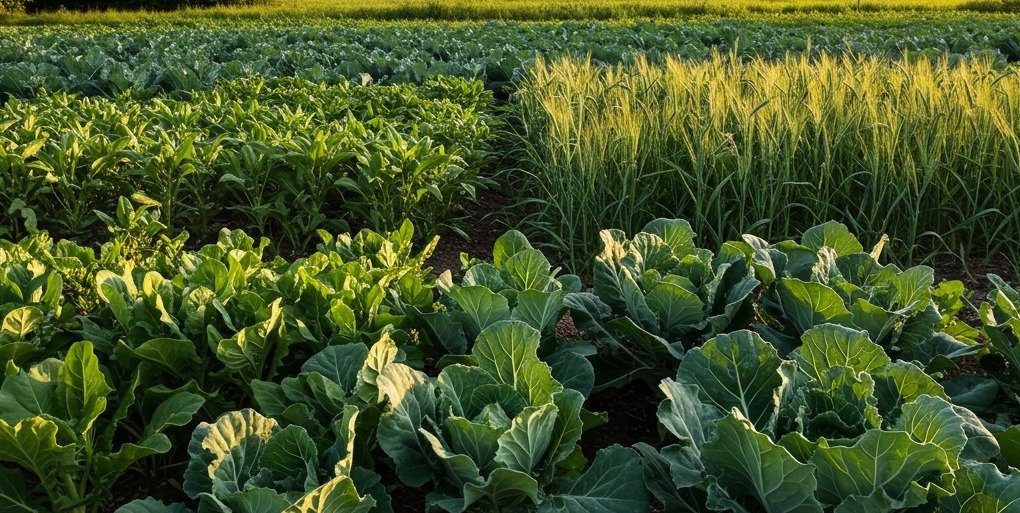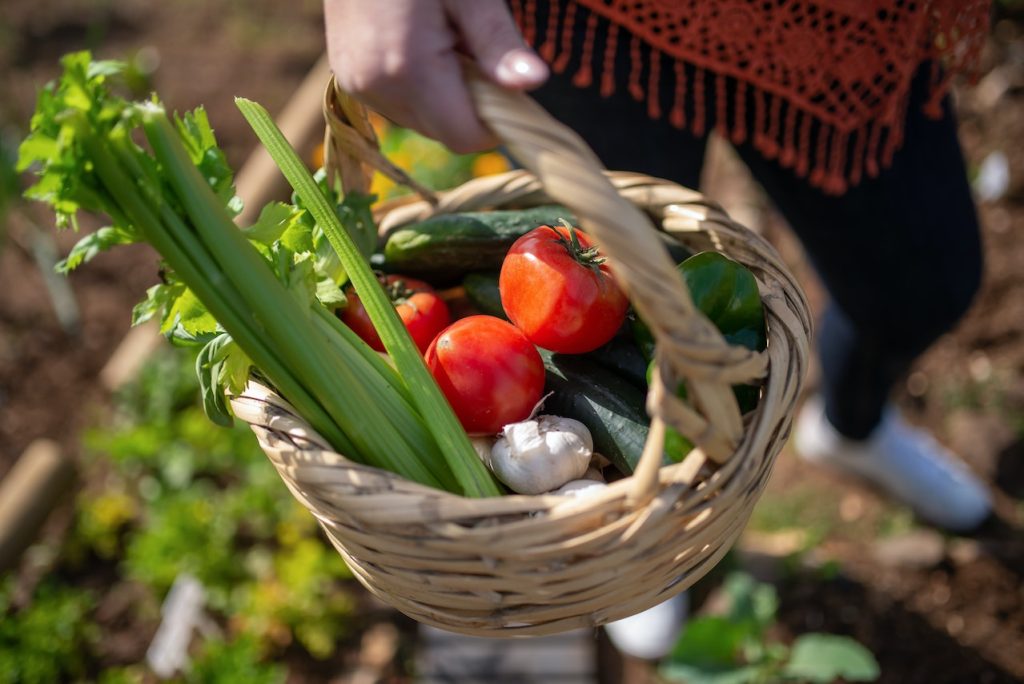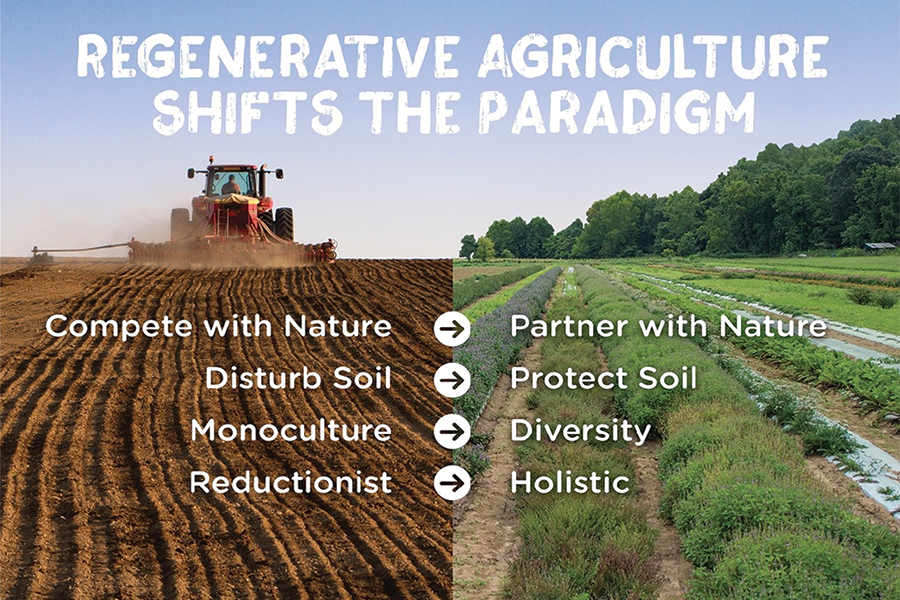The Connection Between Human Health and Farming Without Toxic Chemicals

The relationship between human health and farming practices is closer than many people realise. For generations, food was grown in living soil, supported by natural cycles, and handled with care. Today, we understand far more about how farming choices ripple into human wellbeing — not only through the food we eat, but through the environment we live in.
Farmers play a vital role in this connection, because the health of the land ultimately shapes the health of the people who depend on it.
One of the clearest links between farm health and human health begins with the soil. When soil is biologically active — full of microbes, fungi, worms, and organic matter — it produces plants that are naturally richer in nutrients. These nutrients include essential minerals, antioxidants, and compounds that support immunity and long-term wellbeing. A healthy plant doesn’t need to be propped up with synthetic fertilisers or chemical protection. It can stand on its own.
When toxic chemicals are added to the farming system, the soil loses some of this natural life. The microbial community shrinks. Organic matter breaks down more slowly. Over time, the structure of the soil changes, and plants draw fewer nutrients from it. This doesn’t only affect the crop — it eventually affects the people who eat the food.
Another important factor is residue. Chemical sprays used to control weeds, pests, and diseases rarely stay where they are applied. Trace amounts can remain on the plant surface, drift onto neighbouring paddocks, enter waterways, or accumulate in the environment. Even though these chemicals are often described as “safe within limits,” scientists continue to raise questions about long-term exposure, especially in children, pregnant women, and people with underlying health conditions. Many farmers know these concerns firsthand — after all, they are the ones applying these chemicals, often at close range.
In contrast, regenerative and biological farming approaches work with natural systems rather than against them. Instead of relying on synthetic inputs, these methods build soil health through composts, diverse plantings, cover crops, rotational grazing, and microbial amendments. As soil health improves, the need for external chemicals decreases. The results are powerful: healthier crops, improved animal health, cleaner water, and a safer environment for farming families and rural communities.
There is also a mental and emotional dimension. Farmers who reduce chemical use often report feeling more confident about the food they produce and the land they are leaving to future generations. Communities benefit from cleaner creeks, reduced spray drift, and more biodiversity. Children benefit from fewer chemicals in their environment and more nutrient-dense food on their plates. It is a cycle of wellbeing that begins in the paddock and extends far beyond it.
Ultimately, farming without toxic chemicals strengthens the link between the land and the people who rely on it. When farmers prioritise soil life, nurture biodiversity, and minimise harmful inputs, they are not only improving their farm — they are contributing directly to healthier families, healthier communities, and a healthier future.
Healthy soil grows healthy plants.
Healthy plants nourish healthy people.
And it all begins with the decisions made by the farmer.
Here is what Arden Andersen has to say about the farmers and the use of glyphosate:







Responses